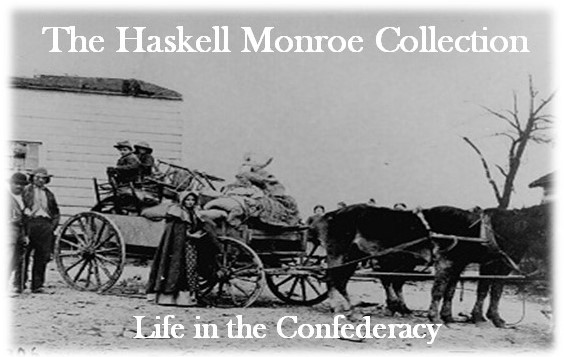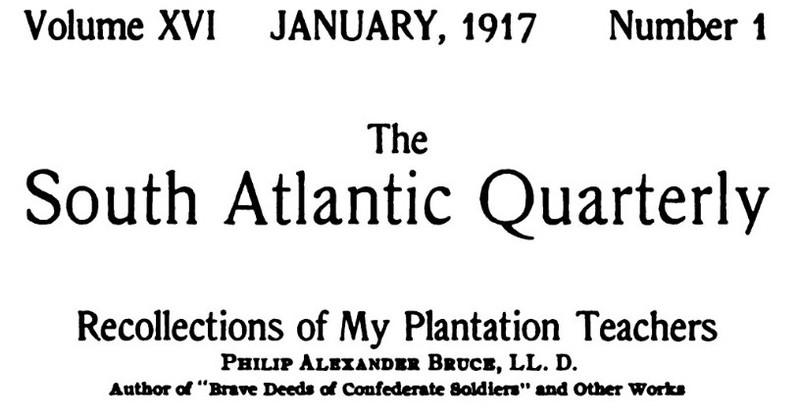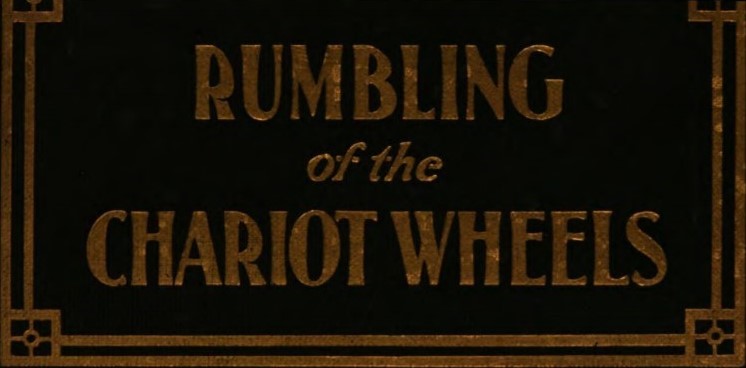Plantation Life
The image of an idyllic Southern plantation in the antebellum South, popularized by movies like Gone with the Wind, where the enslaved and white enslaver lived in a harmonious paternal relationship like one big family, is a myth. As many scholars have documented, the plantation was a place of violence and forced labor; historian Edward Baptist refers to them as 'labor camps,' dropping the term plantation altogether.
Many of the sources in this collection about life on a Southern plantation before and during the Civil War were written from a white perspective years after Reconstruction ended. As such, they tell a tale of two eras. First, as many of these authors were children when they experience life on the plantation, their descriptions illuminate daily routines connected to education, social events, food, and many other topics. Second, and maybe more interestingly, they reveal as much about the time they were written as they do the time they are remembering. Indeed, many of these sources were reacting to societal changes occurring in the second half of the nineteenth and early twentieth centuries, as they attempted to justify the use of enslaved labor and other practices. In this way, these sources are fascinating for the history they tell and what they tell us about their publication time. Found throughout this collection, this duality of historical thinking and investigation is a wonderful and necessary way to engage with our sources.




